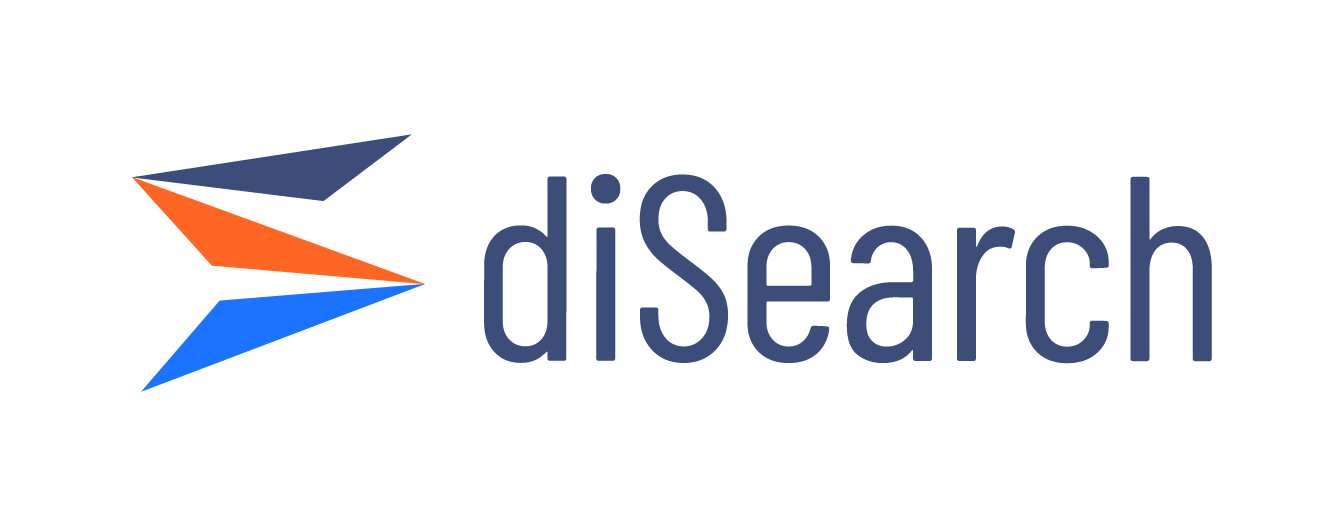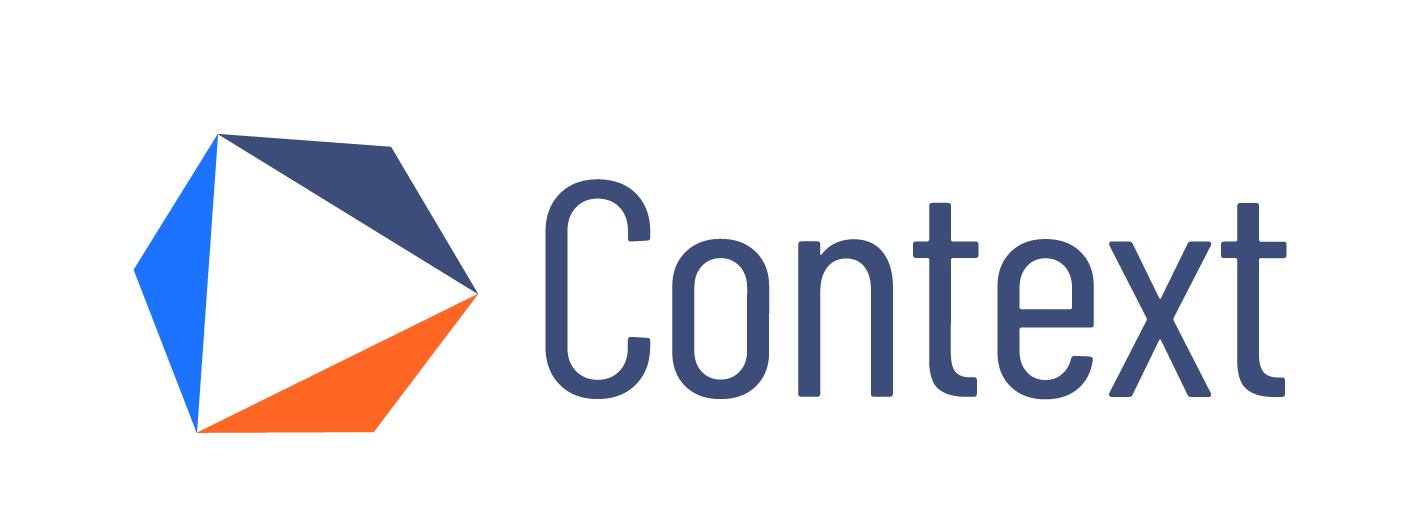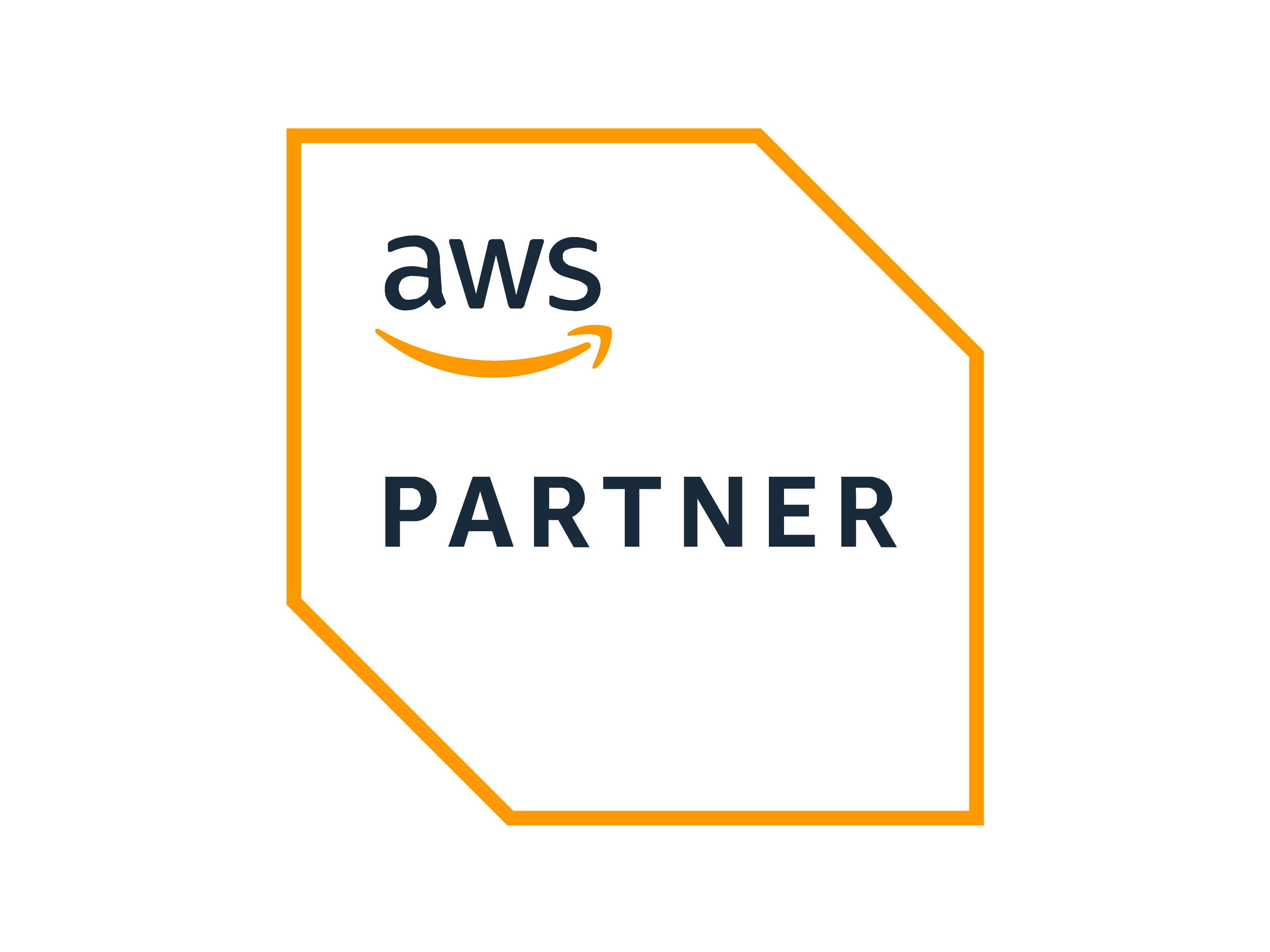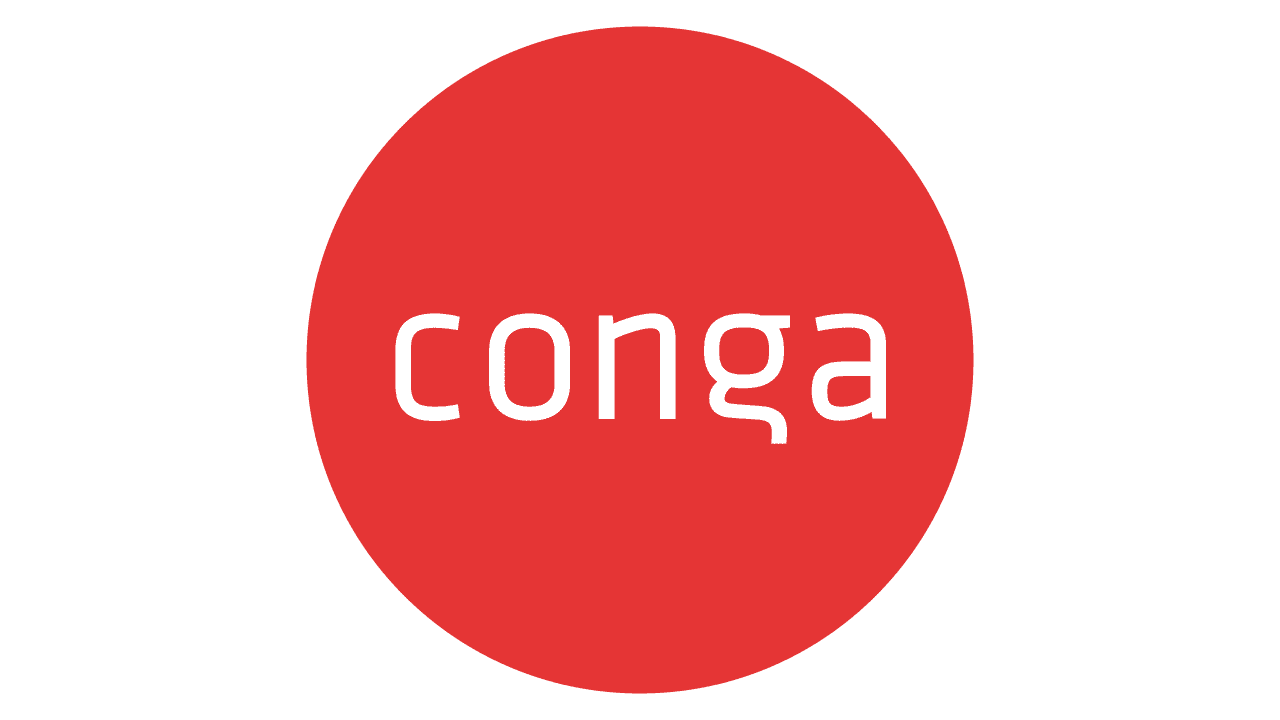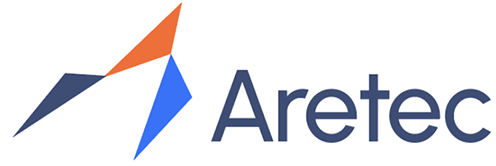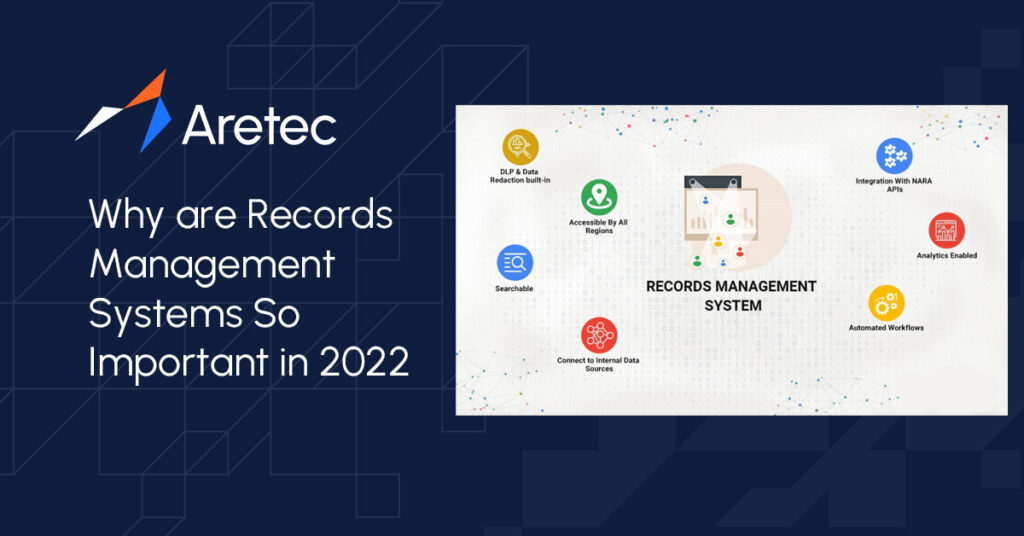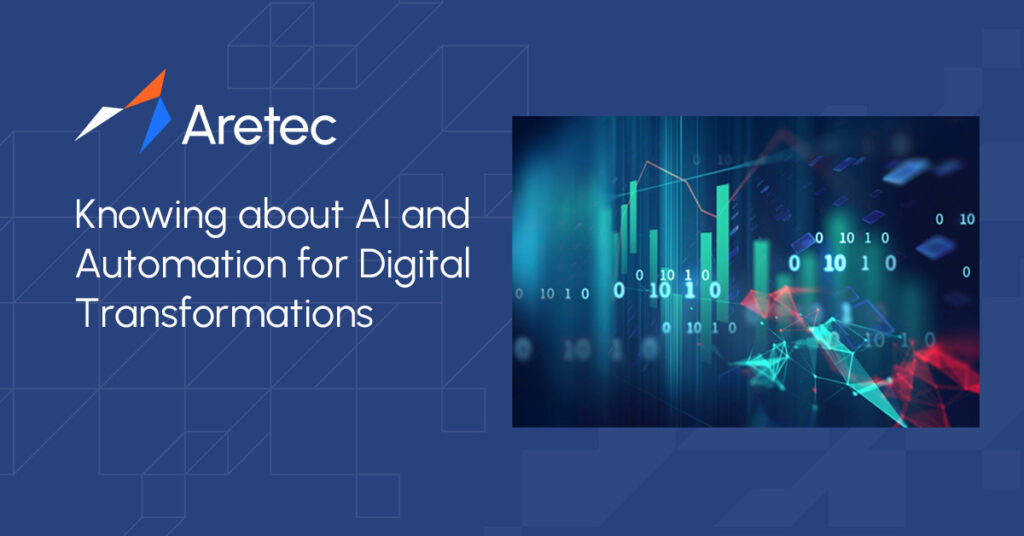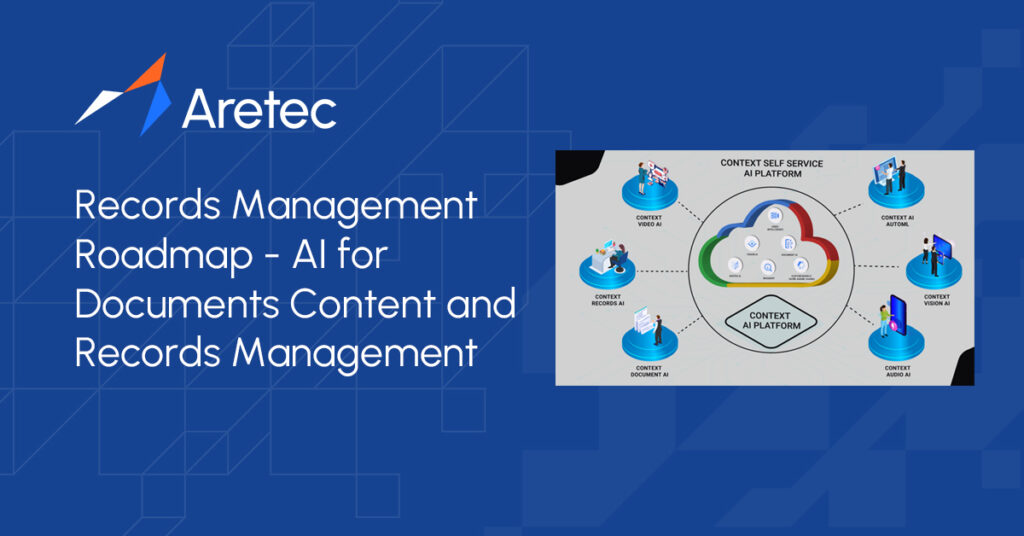The Aretec Advantage: Unlocking Unprecedented Business Value
INTRODUCTION In today’s rapidly evolving digital landscape, businesses are seeking innovative solutions to harness the power of their data, streamline processes, and drive growth. Aretec, in partnership with Google, is at the forefront of this transformation, offering cutting-edge AI-powered products that revolutionize the way organizations operate. This article explores the technical capabilities of Google Cloud and how Aretec leverages these technologies to deliver unparalleled value to its customers. Why Google Google Cloud is renowned for its industry-leading AI and machine learning technologies, providing businesses with the tools they need to innovate and stay ahead of the competition. With Vertex AI, Google’s end-to-end machine learning platform, organizations can accelerate the deployment and maintenance of AI models, enabling them to extract valuable insights from their data and automate complex processes. Google Cloud’s scalable, reliable, and secure infrastructure ensures that businesses can trust their most sensitive data to this powerful platform. Google received the highest scores of any vendor evaluated in both the Current Offering and Strategy categories in the Forrester Wave™: AI Infrastructure Solutions, Q1 2024 report. A visual summary of the Google services is shown in the following image. Figure 1. Google’s AI and Machine Learning Portfolio. Aretec’s Solutions Aretec has developed a suite of transformative products (Figure 2) that harness the power of Google Cloud to address critical business challenges. diSearch, our Integrated Governed Search Platform, is powered by Vertex AI and serves as the central brain of an organization. diSearch empowers teams to access, understand, and action their data with unprecedented ease. Aretec’s solutions are built with enterprise-grade security and privacy in mind, ensuring that sensitive information remains protected at all times. Aretec is currently developing and deploying complex solutions using Google Capabilities for large, global banking institutions, Regulatory Agencies, and manufacturing firms, among other customers. Figure 2. Aretec’s Product Suite Why diSearch and PensDown diSearch and PensDown are two of Aretec’s flagship products, designed to revolutionize data search and proposal generation. diSearch enables organizations to find and understand their data through advanced search and discovery capabilities, while ensuring data provenance. PensDown streamlines the proposal generation process, allowing teams to automatically create compliant outlines, collaborate effectively, and manage the end-to-end proposal lifecycle. Both products leverage Google’s state-of-the-art natural language models (e.g., Gemini) to deliver highly accurate and contextually relevant results. The Aretec product suite includes three key offerings, all powered by Vertex AI: Benefits of this Approach rapid time-to-value with pre-built prompts and frameworks, while Automated Model Tuning ensures that the platform continuously learns and improves based on each organization’s unique data. This approach empowers business users with self-serve access to data insights, reducing reliance on technical teams and accelerating decision-making. The streamlined workflows and automation capabilities of Aretec’s products save time and money, allowing teams to focus on higher-value activities and drive business growth. Key benefits include: Conclusion The partnership between Aretec and Google represents a transformative opportunity for businesses looking to harness the power of AI and data to gain a competitive edge. By leveraging Google Cloud’s technical capabilities and Aretec’s innovative products and services, organizations can unlock new levels of efficiency, insights, and growth. diSearch and PensDown, powered by Google’s AI, empower teams to work smarter, make better decisions, and drive successful outcomes. As the digital landscape continues to evolve, Aretec and Google remain committed to delivering cutting-edge solutions that help businesses thrive in the face of complex challenges. Figure 3. diSearch Platform. Learn more about Aretec Product and Services Offerings at https://Aretec.ai or contact us from https://aretec.ai/contact-us/
The Aretec Advantage: Unlocking Unprecedented Business Value Read More »
